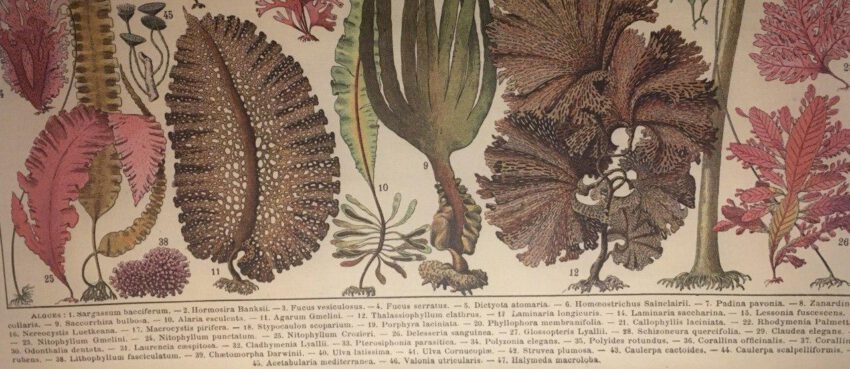Back in the 1700’s there lived a man called Carl von Linné, aka Carl Linnaeus. He was a biologist among other things and he is the one who standardized binominal nomenclature: Every known species has a name that is international.
The science that sorts species into groups by how they are related, is called taxonomy. It doesn’t have much to do with stuffing shot game and hanging it on the wall. When sorting species we can think of a gigantic tree of life, where we start at the trunk, move to the branches and onto smaller and smaller branches until the last twig specifies a species. Lets say our trunk is things that live. So we are excluding rocks and stuff. From the trunk sprout 6 big branches, the kingdoms.
These 6 kingdoms are (until science discovers something that flips our entire logic so far): animals, plants, fungi (mushrooms, molds & Co.), protista (anything that has cells with a nucleus (chamber holding DNA) and a membrane (skin around cell) but does not fall into the previous 3 kingdoms), bacteria (yes they are living beings), and archaea (single celled micro-organisms, lacking a nucleus).
If we then climb along the the animal kingdom branch, we can now choose from about 35 smaller branches, called phylums. I choose the chordata branch. This one will lead me to all animals that have backbones. On the “phylum=chordata” branch, there are only five twigs/classes: fish, amphibians, reptiles, birds and mammals. From here, the twigs continue to branch off into orders, then families, then genuses and finally species and sometimes even subspecies.
We call this tree a phylogenetic tree.
When discussing a species internationally, using the common name (e.g. “cow” instead of “Bos taurus”) is easy, but can cause confusion.
Studying in the Netherlands I was learning the names of waterfowl in Dutch when I realised that my German Brandgans is a Dutch Bergeend, but the Dutch also have a Brandgans, which translates to the German Nonnengans. Wait what? Yeah, so that’s why there are scientific names. To make sure we are not confused and everyone is talking about the same species.
So back to Linnaeus and law and order of naming. The scientific name of a species consists two words which happen to be the last two twigs on the tree to get to the species. The genus is spelled with a capital letter. All species of that genus have that first part of the name. The second word is the species, this one specifies which species we are talking about. So for instance, Canis lupus is a species of the genus Canis (dogs), and lupus specifies that I am talking about the grey wolf.
Canis rufus would be the red wolf, a different species. Canis lupus familiaris is technically a subspecies of the grey wolf, the domestic dog. You see, if we are talking about subspecies, the name still starts with the genus but we then add species and subspecies.

